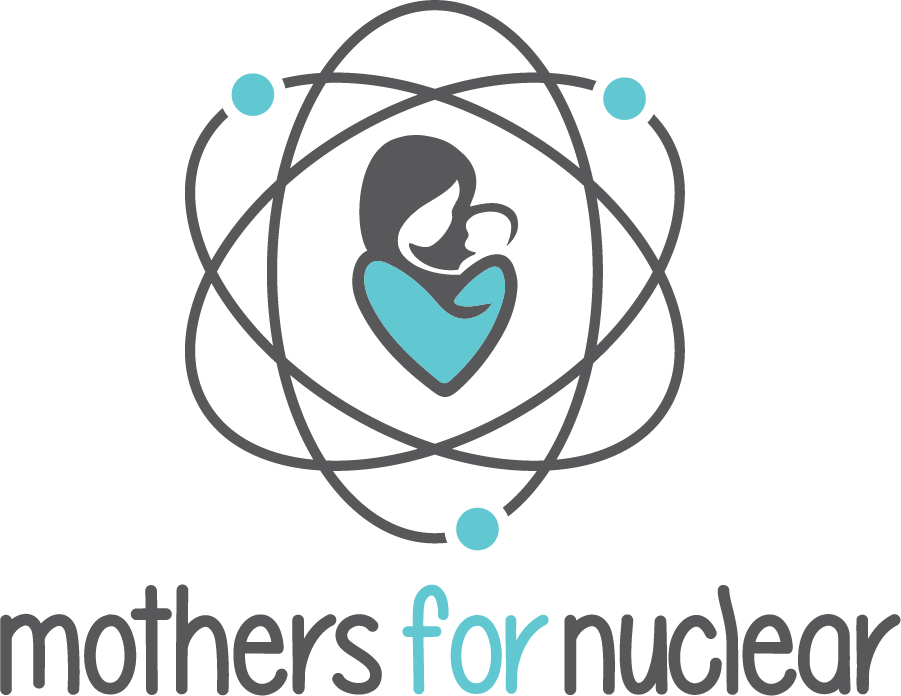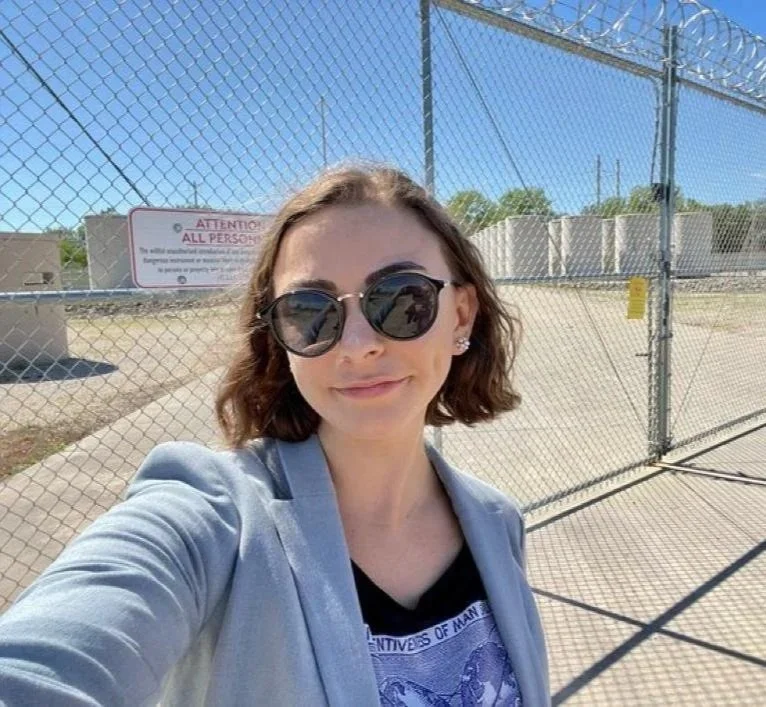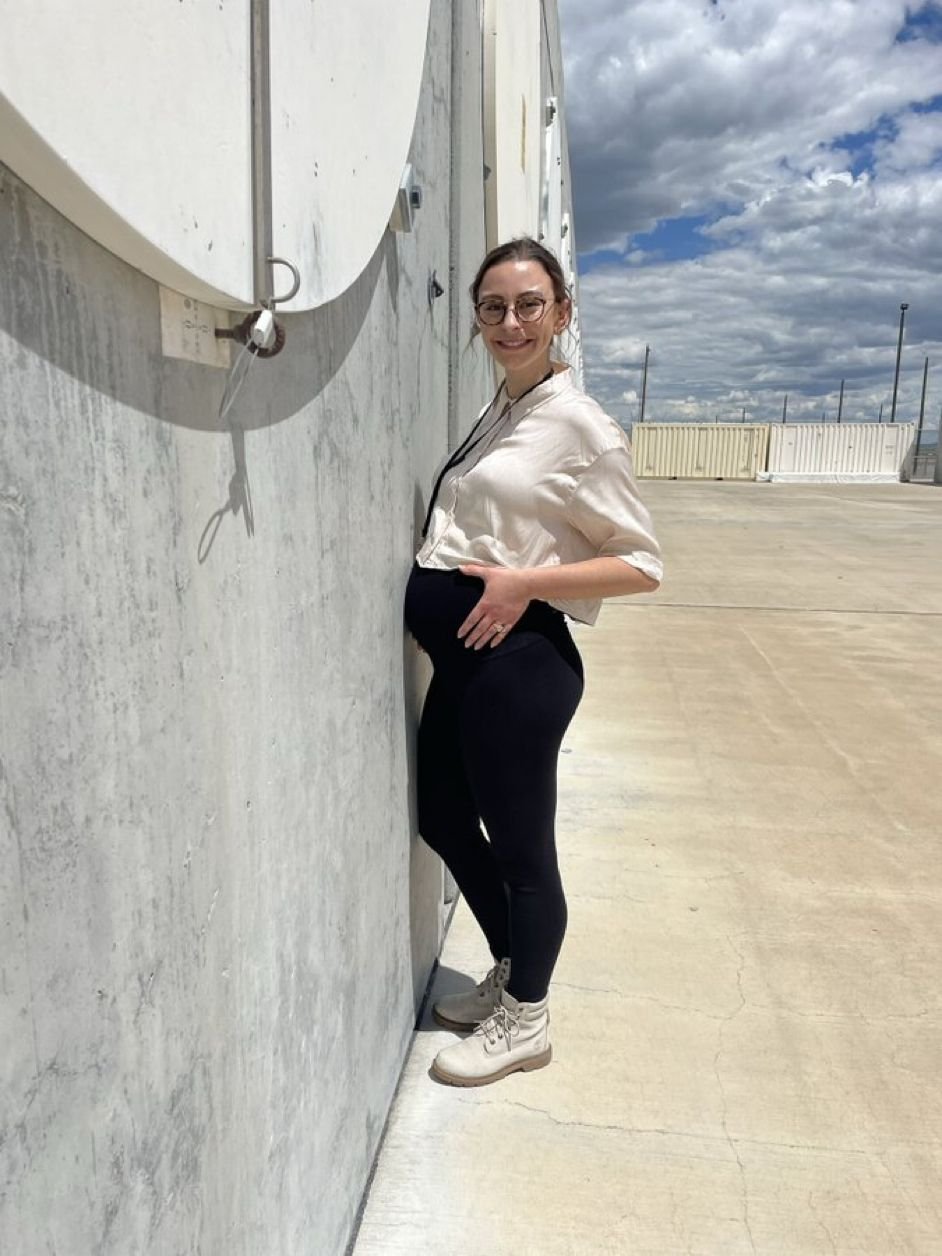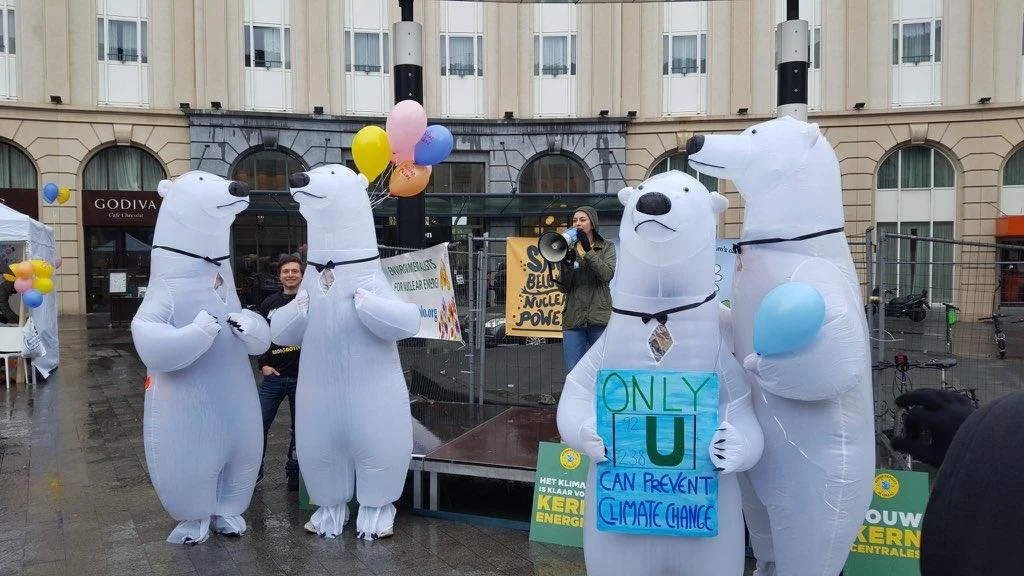Madi Hilly
Founder of The Green Nuclear Deal, Chicago Mom, International Nuclear Advocate
Madi Hilly has emerged as one of the most effective advocates of her generation for nuclear energy, bringing moral clarity and political urgency to the debate over how we power the future. As a writer, strategist, and campaigner, she has reframed nuclear not as something to be afraid of but as a cornerstone of prosperity, security, and climate action.
Born in Chicago and raised near Milwaukee, Hilly first heard about atomic energy not in the classroom but on childhood walks with her father at the University of Chicago—where Enrico Fermi conducted the world’s first controlled nuclear chain reaction under a football field.
Still, nuclear remained on the periphery of her life until college, when a chance internship at Environmental Progress in Berkeley introduced her to the idea that abundant, carbon-free electricity could both lift people out of poverty and protect the environment. That realization became a lightbulb moment—one that set her on a career traveling the globe, writing op-eds, and founding campaigns to keep reactors open at home. Today, as a partner at Radiant Energy Group, Hilly is focused on building the political will and public consensus needed for a large-scale nuclear buildout in the United States and abroad.
While at the University of Wisconsin, HIlly became uncomfortable with anti-growth discussions that would resign much of the world to poverty. When she stumbled upon nuclear, a non-carbon emitting base load power source it “sounded too good to be true.”
“(It allowed) human prosperity without the environmental impacts. Nuclear is the closest thing we have to a free lunch,” Hilly said. “Being good stewards of the environment while allowing us to flourish.”
Since becoming a mother, Hilly’s dedication to nuclear energy and a cleaner future for her children has only deepened.
A pregnant Hilly poses next to nuclear waste storage at Bryon Nuclear Plant in Illinois.
In June 2023, Hilly’s photo of her pregnant bump in front of a nuclear waste container at Three Mile Island went viral on X/Twitter, in an attempt to show the safety of waste, specifically to moms and women concerned about the health and safety of nuclear.
Hilly’s perspective, since becoming a mother to two daughters, has also changed.
“I don't think you have to be a parent to imagine, like, wanting a better world for the future, but it does sort of make it very real and visceral in a way where I just think of how I would do anything for my daughters,” Hilly said. “I would give anything that they are safe and happy and healthy.”
Thinking of moms in poorer countries in the Global South desperate for basic access to energy and running water inspires HIlly to recommit herself to her global mission of deploying nuclear energy.
Even while Hilly pushes for clean nuclear energy, she said she recognizes and understands the fears of anti-nuclear mothers.
“I'm more understanding of it now, where I'm just so protective of my daughters and their health and their safety, And there's nothing you wouldn't do and nothing I wouldn't fight against if I thought it was bad for them. So it sort of made me realize that a lot of these fears and concerns (about nuclear) are probably coming from a good place, or a place of real concern. I relate better saying, ‘I share these worries about my girls’. Like, here's why I'm not worried about nuclear. I'm worried about a lot of things, but I'm not worried about nuclear.”
Hilly boasts a long career of international nuclear advocacy. While at Environmental Progress (EP) as vice president, she travelled to Taiwan, Germany, France, South Korea, and the Philippines talking about the need for nuclear energy and its benefits with journalists, policy makers, and politicians, and fighting nuclear closures.
In 2020, Hilly saw the need for domestic leadership on nuclear energy in the United States – Indian Point, Palisades, and Diablo Canyon were all slated for closure and the only plant under construction, Vogtle Units 3 & 4, was behind schedule and over costs. Out of this need, the Campaign for a Green Nuclear Deal was born.
“So I launched the Campaign for a Green Nuclear Deal, and the basic idea was, we need to stop all nuclear closures in the US, and then get consensus around a new vision for building new nuclear, and not a vision of just a bunch of startups and Silicon Valley entrepreneurs making, you know, a million different new reactors, but a serious program where the government, the private sector, we all collaborate, to actually build nuclear at scale,” Hilly said.
Hilly, with a megaphone delivering a speech at a Stand Up for Nuclear event in Brussels in 2019 opposing the Belgian nuclear phase out.
According to Hilly, the Campaign for a Green Nuclear Deal aided bipartisan support for nuclear in the United States - opening space for people in the center and leaning left to be pro-nuclear.
“I think the right has always been embracing of nuclear, and the left have been pretty anti nuclear, and nuclear has been left out of that vision of what could a big clean energy build out look like in America. So I think it reframed the debate,” Hilly said. “ This is needs to be a whole of America approach. It doesn't need to be government built, but the government needs to support private industry, because this is good for America and it's bad for America if we see nuclear leadership.”
After Hilly saw a consensus converging on nuclear energy, she left the campaign to join Radiant Energy Group as a partner, aiming to help industry take advantage of the bipartisan support. Hilly plans to work on solving collective action problems to enable greater global shares of nuclear energy.
At home, Hilly still wants to build on a national consensus to achieve getting most electricity from nuclear energy by the end of the century. Hilly wants America to lead on nuclear at home and work with countries abroad to lift people out of poverty, both with nuclear energy and the fossil fuels we are not using for our own electricity.
A current Chicago, Illinois resident, and former Wisconsin and California resident, Hilly offers a unique perspective on the nuclear situation in the three states.
While Illinois has the most nuclear in the country, there is a moratorium on new nuclear, stipulating a certain maximum size for builds. With this moratorium, Hilly said the state is unfriendly to nuclear. Wisconsin only has one nuclear plant, Point Beach Nuclear Plant, but overturned their moratorium on nuclear in 2016. HIlly said that while saving Diablo Canyon was a major victory in California, the state is still quite anti-nuclear. She said if nuclear advocates can win and get new nuclear built in California, new nuclear can be built in any state.
Among her achievements, Hilly is proud of the role she played in saving Illinois reactors from premature closure, from almost saving Palisades, and especially of a New York Times op-ed that made the case nuclear waste should be a chief selling point of the technology and not a reason to not build nuclear, especially for those concerned about the environment.
“I'm really proud of that op ed in the New York Times. The New York Times is still pretty anti nuclear,” Hilly said. “But so to be able to be in that paper talking about nuclear waste as the chief environmental benefit of the technology and why it's something to be to embrace, rather than to fear, given the audience, given the paper’s notoriety. I was really happy with that and all the conversations it started online.”
Being a pro-nuclear advocate, and especially an outspoken mother in favor of nuclear, comes with its challenges. In anti-nuclear campaigns leading up to Taiwan’s referendum to restart the Maanshaan 2 reactor, Hilly’s image of her pregnant bump circulated and people criticized Hilly as irresponsible. While a majority of voters supported the restart, not enough votes came in to make the legal threshold for the referendum to go through.
“They say how stupid, how irresponsible. She's being reckless. And you know, it's not like I didn't expect that. I knew that that picture would stir up controversy, and I wanted it to create conversation, which is what it's doing,” Hilly said. “But it's hard when anyone would think you would put your own child at risk. And I think that's probably what a lot of mothers who are involved in this movement have heard before, is that what they're doing is dangerous to children, dangerous to their own children, and reckless. And it's one thing to suggest that you're being reckless with your own life or being stupid, but it feels entirely different and very personal when it's talking about their judgment of you as a mother and your responsibility towards your own kids.”
At six months and two years old, Hilly’s daughters are just beginning their learning process. As they grow older, HIlly plans to talk about nuclear with them in the same way she talks about science in general; something interesting and exciting that can be used for the good of the planet and humans.
“In the face of the global energy crisis, it offers energy security from fossil fuels. It offers the ability to create an industry that's good for jobs and the economy. Nuclear is the only way to lift all humans into a high energy proper lifestyle while protecting the natural environment,” Hilly said. “Affordability, reliability, resiliency and all of that is true. Climate change is a long term problem.”
Article by Jack Austin




